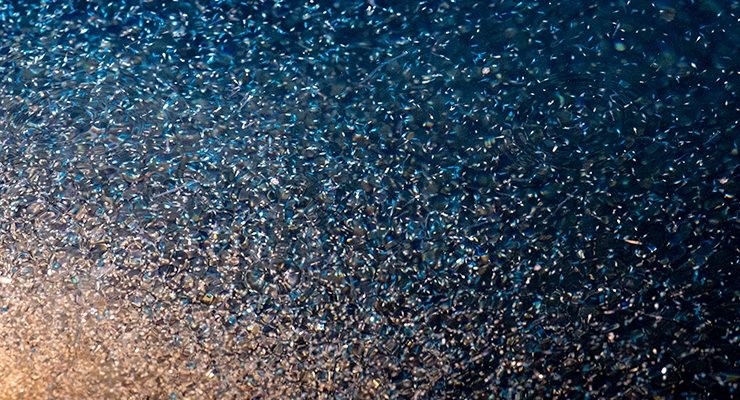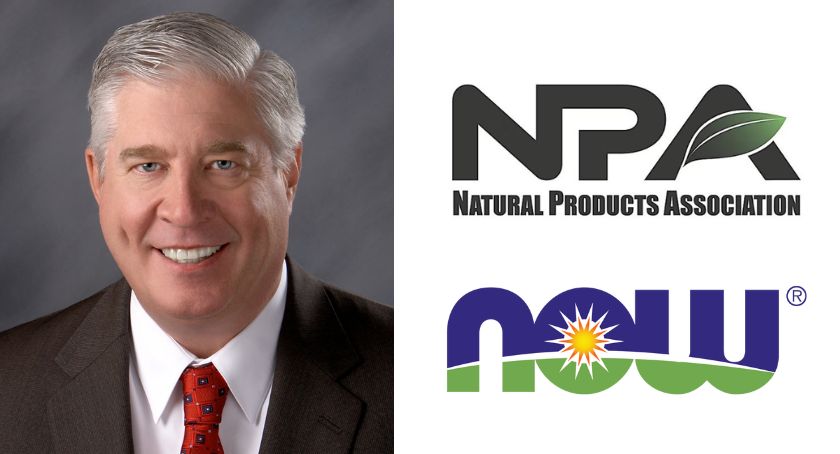Market Updates, Products & Ingredients, Research
Survey Finds Antarctic Krill Biomass Healthy and Stable in Distribution & Density
Findings will contribute to an updated and important benchmarking of the krill population.

By: Sean Moloughney

A scientific investigation of the krill biomass around the Antarctic Peninsula has found the population is healthy and larger than the last survey conducted in the year 2000.
The findings and analysis at the Commission for the Conservation of Antarctic Marine Living Resources (CCAMLR) annual meeting confirms 62.6 million tons of krill in Area 48 off the Antarctic peninsula. This survey is the first large-scale scientific investigation of the krill population in the Southern Ocean fishery in 19 years. In 2000, the scientists measured 60.3 million tons of krill.
“These new estimates confirm that the Antarctic krill biomass is in solid shape and that the krill fishery is built on a very solid foundation, said Aker BioMarine Director of Antarctic Affairs Pål Skogrand. “These results are also a credit to CCAMLR having managed Antarctic krill in a sound and precautionary way since the early 1980s.”
This new biomass finding will contribute to an updated and important benchmarking of the krill population. The current CCAMLR precautionary catch limit for krill in Area 48 is 620,000 tons, which makes up less than 1% of the newly estimated biomass. The krill industry total catch ranges between 230,000 to 390,000 tons annually over the last 3-4 years, well below the permissible catch limit. Norway, China, Korea, Ukraine, and the U.K. collaborated with the Association of Responsible Krill Harvesting Companies (ARK) to make the large-scale survey possible through a considerable fleet effort.
“The krill stock is in a healthy condition, largely stable in distribution and density over almost a 20-year period and remains one of the best managed and underutilized marine resources in the world. ARK has been an advocate for the international krill survey to make sure we have the scientific data in place to keep the krill fishery as one of the most precautionary fisheries in the world,” said Javier Arata, executive officer, ARK.
“There is a potential in krill if you do things the right way and are willing to invest in science and sustainability. Going forward, Aker BioMarine will continue to be a positive force in the management of krill in the Southern Ocean, side by side with the international community of states, scientists and NGOs,” Skogrand added.
In 2019 CCAMLR has taken important steps to reform the krill management system.
“In the future we will see the krill fishery regulated by modern fisheries management principles where knowledge of intra- and inter-annual variations in krill collected through acoustic technology, and the needs of the local ecosystem, will decide the harvesting rate. The krill fleet will have to assume a big responsibility for monitoring the biomass under such a management scenario and we have demonstrated through the 2019 survey that this is a responsibility we are willing to take,” Skogrand said.




















